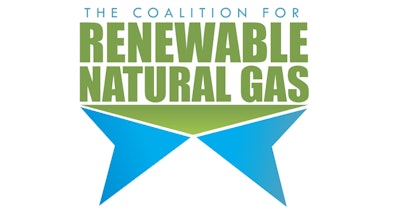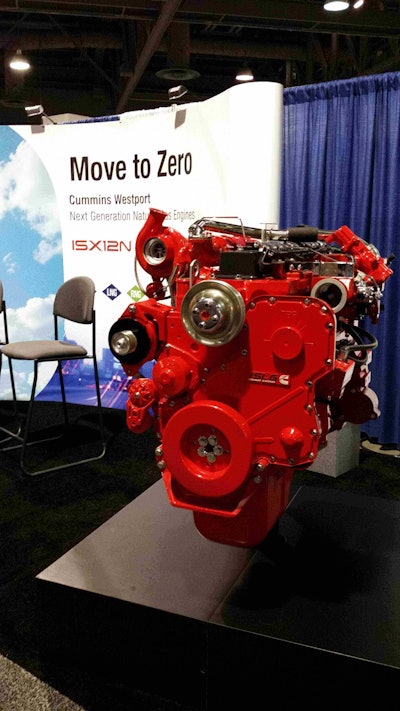
California Governor Jerry Brown made headlines recently when the California Air Resources Board (CARB) revealed that he wants to follow in the footsteps of China, France and the U.K. by banning internal combustion (IC) engines.
“I’ve gotten messages from the governor asking, ‘Why haven’t we done something already?’” Mary Nichols, CARB chairman, told Bloomberg.com last month. “The governor has certainly indicated an interest in why China can do this and not California.”
If a ban were to take place, Nichols estimates that it would halt sales of IC engines sometime between 2030 and 2040. Taking their place would be electric and hydrogen fuel cell powertrains.
However, CARB recently awarded its lowest carbon intensity (CI) score to renewable natural gas (RNG) produced by AMP Americas. With a CI score of -255, no other fuel comes close. Electric is a distant second on the list with a score of 35, which is 8 times higher.
Given RNG’s remarkably low CI score—owed to a vast reduction in methane gas brought on by its dairy-sourced production—The Coalition for Renewable Natural Gas CEO and Executive Director Johannes Escudero told HWT that a ban on internal combustion engines would be a bad choice for the environment and the economy.
 Cummins Westport ISL G Near Zero natural gas engine.
Cummins Westport ISL G Near Zero natural gas engine.“To support an across the board ban on all internal combustion engines is to overlook the tremendous reduction of carbon as a harmful greenhouse gas and mitigation of methane—as short-lived climate pollutant many times more potent than carbon—that can be realized when diesel engines are replaced with natural gas engines fueled by Renewable Natural Gas (RNG, biomethane or upgraded biogas),” Escudero said in a written statement.
“California’s regulatory agencies have recognized the environmental benefits realized when methane produced from the natural decomposition of organic materials in renewable waste streams (including but not limited to wastewater treatment plants, landfills and dairies)—methane that would be flared (wasted) or worse escape fugitively into the atmosphere—is captured and converted for end use as an ultra-low carbon fuel or renewable energy source.
“To ban ICEs would also result in California forfeiting the economic benefits associated with RNG projects as each production facility attracts between $10 to $50 million of investment and creates more than 100 jobs. California needs to enable the in-state development of RNG from a variety of feedstocks, regardless of the end-use application (fuel, heat, power, feed, etc.).”
Internal combustion engine manufacturers and fuel developers continue to make strides in lowering emissions. Cummins Westport launched its ISL G Near Zero natural gas engines earlier this year and fuel manufacturers, including Neste, Oberon and Renewable Energy Group (renewable diesel, dimethyl ether and biodiesel, respectively) produce drop-in diesel substitutes that lower emissions.









